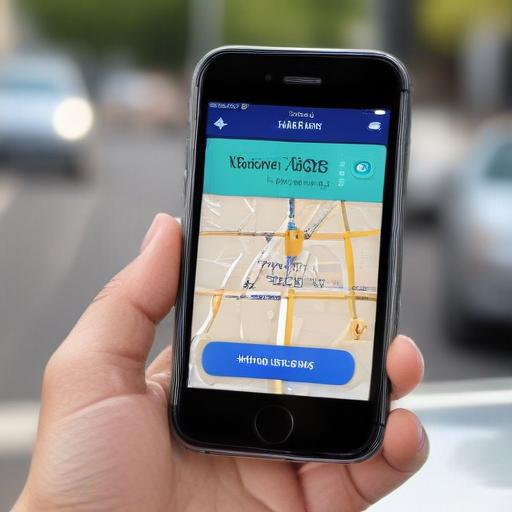Uber drivers in the UK are reportedly earning significantly less per hour following the implementation of a new “dynamic pricing” algorithm in 2023. This change has increased Uber’s share of fares while leaving drivers with stagnant or declining earnings in real terms, according to a recent study by researchers at the University of Oxford.
The research, which analyzed data from 258 UK drivers and covered 1.5 million trips, found that Uber’s “take rate” has risen from an initial fixed percentage of 20%, later adjusted to 25%, to an average of 29%, with some cases exceeding 50%. This dynamic pricing model is an evolution of the previous “surge pricing” system, allowing Uber to variably adjust both driver compensation and passenger fares.
The study highlighted that while passengers are now paying more, drivers are not benefiting correspondingly. The report indicates a trend where many drivers are experiencing a drop in their earnings, prompting union GMB to criticize Uber for its lack of transparency regarding fare calculations and algorithmic pricing. The union advocates for better clarity on how fares are determined, especially during surge pricing, and stresses the need for negotiations regarding the earnings drivers receive.
One driver noted the lack of transparency inherent in the system, revealing that it often takes conversations with passengers to understand the disparity in earnings. In these discussions, it became evident that the fare drivers thought they were earning did not match the reality, raising concerns that the platform is exploiting both drivers and customers.
In response to the study, Uber has contested the findings, asserting that drivers collectively earned over £1 billion in the first quarter of the year, which they claim is an increase from the previous year. They emphasize that drivers have the flexibility to choose their working hours and that each driver is guaranteed at least the national living wage, along with detailed weekly earnings summaries.
Despite the challenges highlighted by the study, the ongoing dialogue reflects a critical examination of gig economy practices and suggests that there may be future opportunities for drivers to seek fairer compensation and improve working conditions through collective action and negotiations with companies like Uber. This evolving landscape may pave the way for more balanced and equitable practices in the gig economy.
